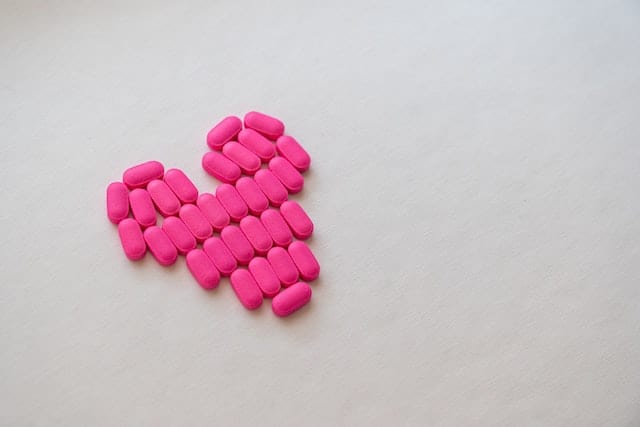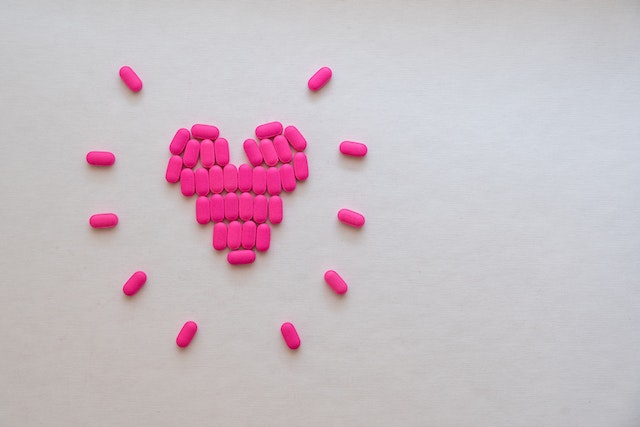
First published: 28 September 2022 @ 6:00 pm
Kawasaki disease is a rare disease that is characterized by fever, rashes and bleeding in the blood vessels. It affects children most often between the ages of 4 and 11 years.
The disease can be serious, not because of its mortality rate, but because of its complication later on. Most complications happen to heart valves, heart muscle, or other heart function.
This disease in children is often accompanied by a fever, pain in the limbs, loss of appetite and skin lesions. In addition, there are rashes, eczema and eye problems.
What Causes Kawasaki Disease?
Unlike heart attack, stroke or aneurysm, Kawasaki disease has no single cause.
However, research shows that some people may have an underlying heart disease that increases their risk of Kawasaki disease.
Risk factors for Kawasaki disease include a history of Kawasaki disease or another life-threatening arrhythmia in the family.
It is inherited in an autosomal dominant pattern.
This means that having a family member with Kawasaki disease greatly increases your risk of developing it.
Common Symptoms:
- Headache
- Rash (maybe red) on your face, neck, arms and legs
- Itching at night
- Fever that lasts for more than 3 days
- Swollen lymph nodes in your neck or armpits
- Stomach pain
- Earache (infection of the ear canal)
- Breathing problems (difficulty breathing)

Photo by Karolina Grabowska on Pexels.
Risk Factors
Children under the age of 10 years are most likely to get Kawasaki disease. However, anyone can get it.
The risk is higher if you have a weakened immune system or a family history of the disease.
Children with asthma are at an increased risk of getting Kawasaki disease. Environmental factors also increase its risk
These include virus, air pollutants, bacteria, pesticides, and industrial chemicals.
Your child’s pediatric cardiologist can give you more information about how your child’s heart and immune system are working.
A physical exam and blood test may help determine if you have an underlying health condition that can weaken your immune system.
Timely treatment of any underlying condition is also important to help prevent the disease.
How to Prevent It
- Eat a balanced diet.
- Drink plenty of water and stay well hydrated.
- Get plenty of rest.
- Avoid eating certain foods (e.g., citrus fruits, berries, eggplant).
- Limit or avoid spicy foods and foods that are fried or baked (e.g., chicken wings, French fries, doughnuts).
- Be sure to wash your hands often.
- Do not share personal items such as toothbrushes and razors.
Just like other coronary artery disease, Kawasaki disease is caused by a problem with the blood vessels.
This causes them to become inflamed, which causes the blood vessels to become enlarged and weakened.
Inflammatory syndrome causes blood flow through the arteries becomes blocked, causing symptoms such as fever, fatigue, and joint pain.
That’s why it’s so important to keep up a healthy diet and stay well hydrated.
Drinking plenty of water will help prevent any inflammation that can lead to Kawasaki disease.
And getting plenty of rest will also help reduce the risk of complications.

Photo by Castorly Stock on Pexels.
Should You Worry About Children with Heart Disease?
Kawasaki disease can cause problems in Asian descent-children, but it is not serious. Incidence among children is rare, but treatable.
Your child’s doctor will give you more information about the disease and how to treat it.
If you want to prevent the disease, you can also talk to your child’s doctor about what you can do.
This can help make sure your child gets proper treatment early on when it’s most effective.
Our blog, Mature Parent, features articles on various kids’ health topics, including Kawasaki disease.
Learn more about the condition and what you can do to help your child now!



